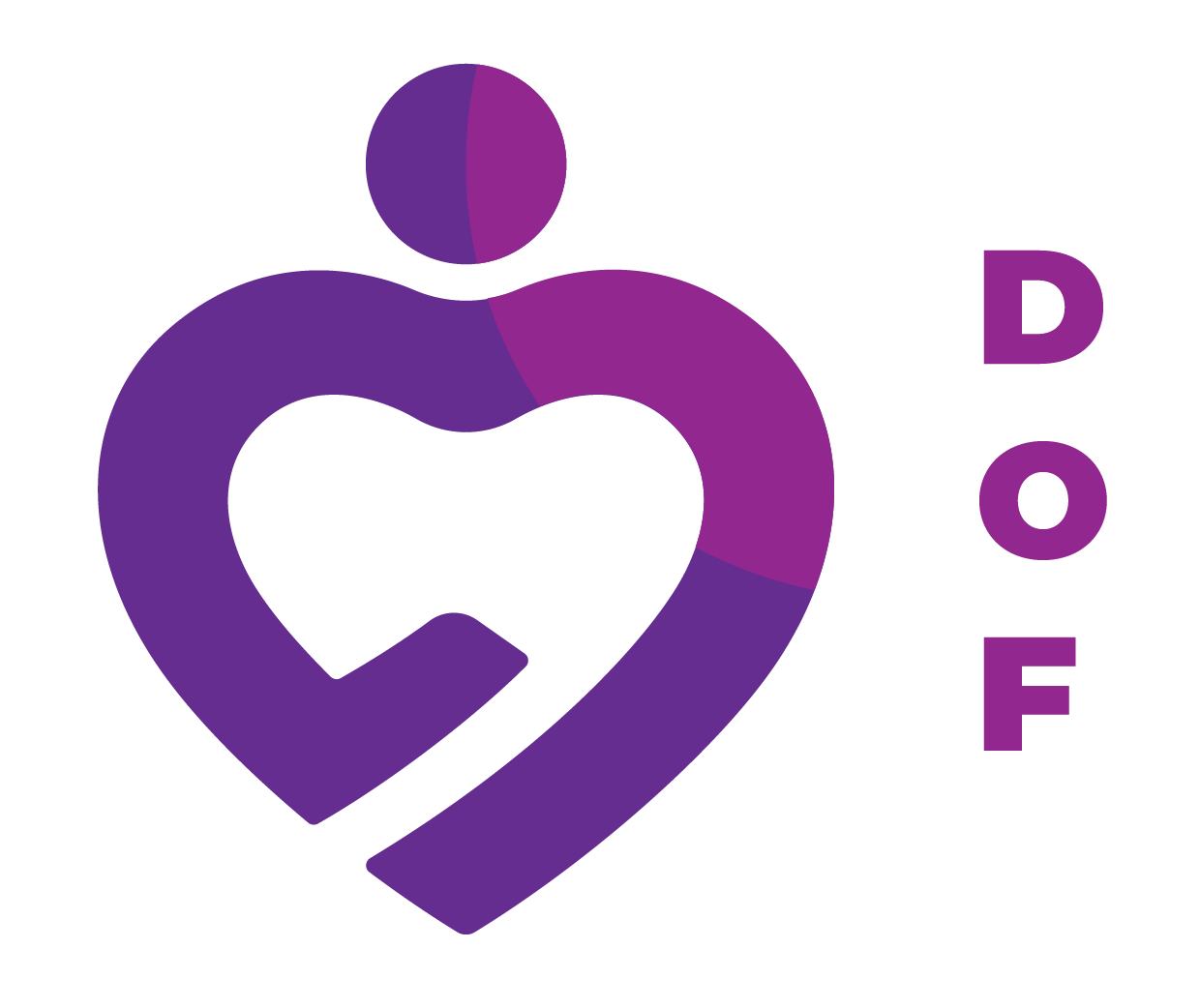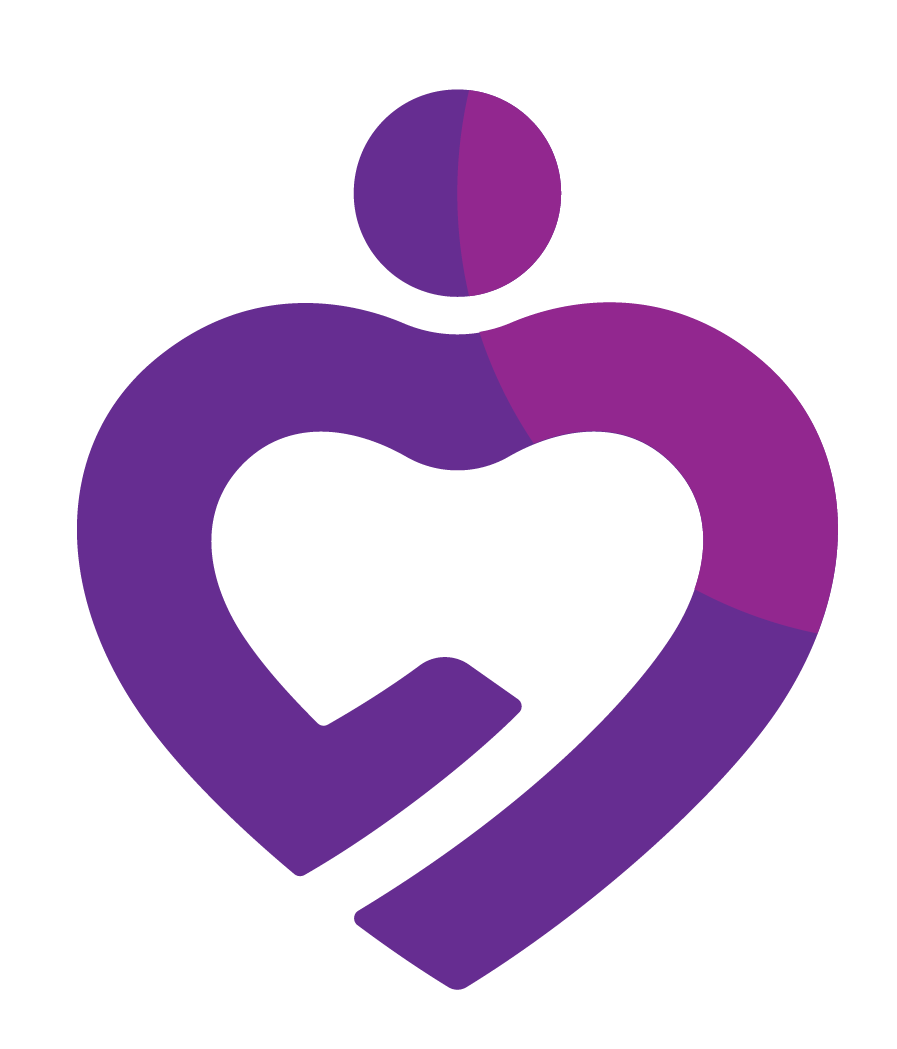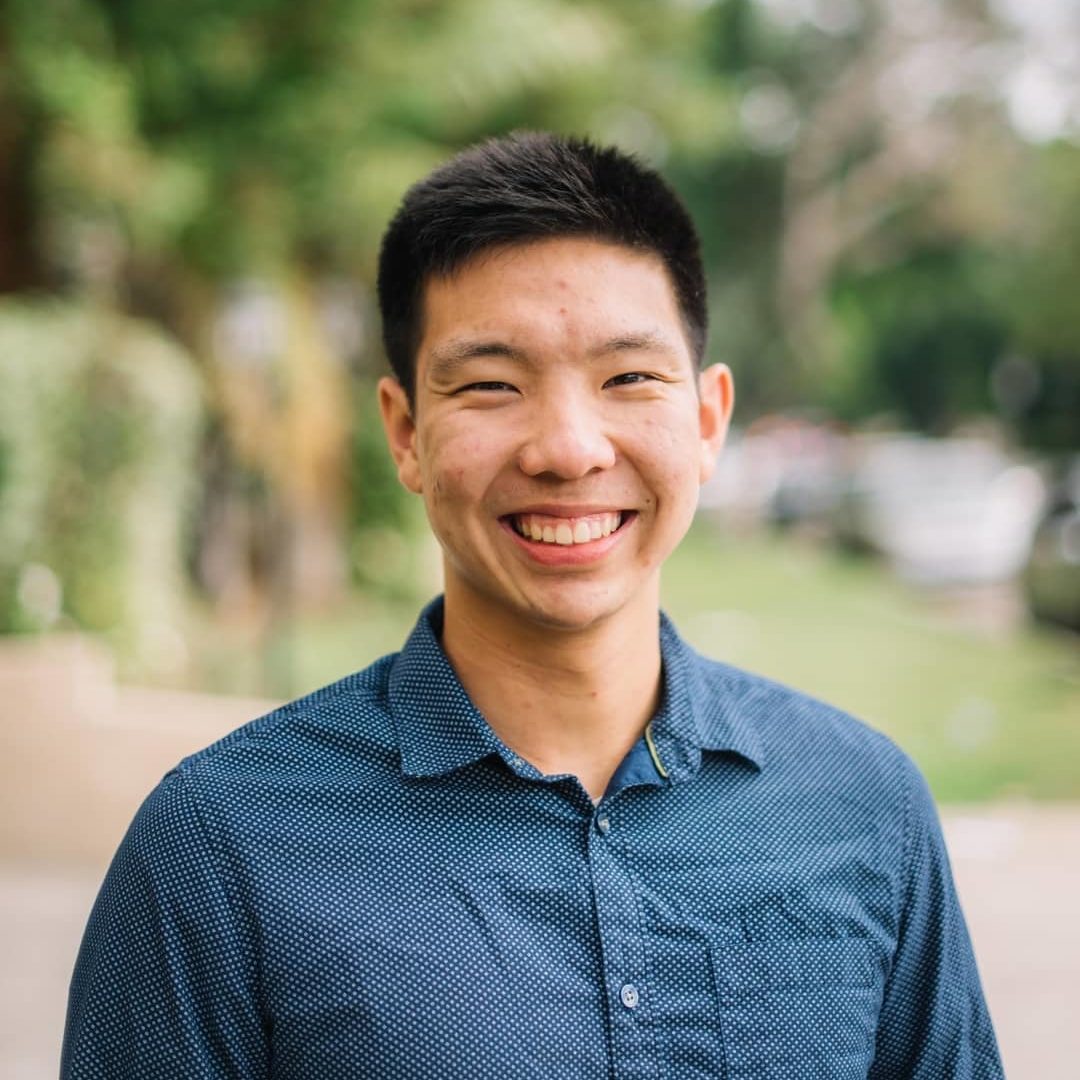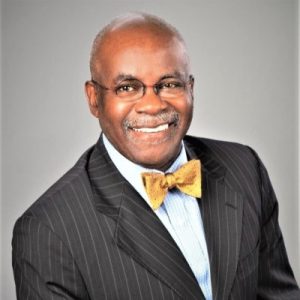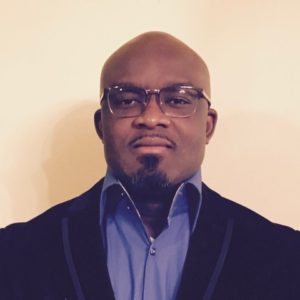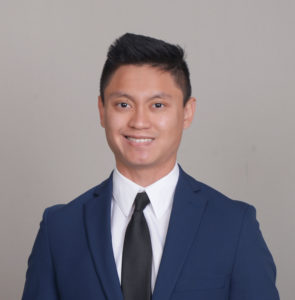What is your current title and role?
I’m a medical student at University of California, Riverside School of Medicine who will graduate in June 2025.
Where did you grow up?
I grew up in Pomona, in Southern California.
Tell us about your professional (medical, nursing, allied health, etc.) school?
My medical school is University of California, Riverside School of Medicine which is focused on addressing the healthcare needs of the Inland Empire Region. I attended UCLA for my undergraduate college education.
Tell us about struggles and challenges in achieving your goal and how you overcame?
As a Formosan and Polynesian student, we are often bunched into the large group of Asian Americans in the U.S. It was and still is important to honor my family’s heritage by understanding the specific health conditions plaguing my people.
Please share with us about your family and your support group?
My parents always stressed the importance of education. Education opens opportunities. Growing up, regardless of my school’s lack of enrichment materials, my parents would take me to not only my hometown’s public library, but neighboring city’s as well. I would borrow any test prep book I could find.
Please share a memorable experience from your training that has stayed with you till today.
After fighting through traffic, I arrived at Venice Family Clinic for what I thought was a routine, morning clinic shift. I jotted down the date in my worn pocket-journal. As I set my backpack down, the head nurse called for me to grab the oxygen tank and a mask. This was a first for me. Confused, I wheeled the tank into a room where the doctor and two other staff were huddled. Sitting behind them was Perdita, a recent immigrant from Mexico, who came to the clinic on advice of her relative. She was suffering from a migraine, in tears and confused. I asked for permission to speak to her and taking her hand I tried reassuring her with the basic Spanish I knew. I felt pain and hope, first seeing her in distress, yet knowing she was in good hands. The physicians requested I give Perdita oxygen, a treatment decided on after we scoured literature for three minutes. After eight minutes, she stopped crying, but then began crying again! We were taken aback, as these were now tears of joy. From searching literature, to comforting the hurting, I learned that patient care went beyond fixing physical pain but was deeply connected to emotional support the entire way. This experience, among others, made me long for future opportunities to use critical thinking and sympathy to bring hope and recovery to patients.
Please share a memorable teaching moment.
It was Tuesday afternoon of welcome week at UCLA. With thousands of new students roaming campus, my team and I were preparing for our annual Tour of Westwood. Months in advance, we contacted restaurants, asking for food samples for 300 hungry students. As I was assembling my tour guides, my phone buzzes. “Corner bakery just dropped out,” Claire, my newest member, gasps. Six restaurants just became five, and our meticulously planned routes were in shambles. A stressed team stood before me, and I had to act fast. I started delegating, assigning a couple to recreate routes, some to crowd control, and others to contact our volunteers. I stayed composed, reassuring Claire that she was doing great! My predecessor’s advice rang through my head: gentle, patient leadership produces results. Through my demeanor, my team stayed calm and resolute, intent on providing a fantastic tour. Later that evening, as we packed up supplies and concluded the event, my friend thanks me. I had to redirect the thanks. My team far exceeded all expectations, and as the leader I could not be prouder. The community was served, my team was celebrating, and I was content. I hope to lead in this way as a physician, encouraging my support staff to provide the best care for my patients.
Please share a highlight from your practice/current role.
“I had hoped for a little more patient interaction,” I thought while reviewing more charts. When I first entered the lab, I was told there would be ample opportunity to interact with patients. I was sold. I envisioned sitting bedside, filling out surveys and chart notes to be used in clinical trials, but in the era of the EMR, I sat behind a screen that distanced me from people. Clinical research began to feel just as cold as the wet lab, and I yearned to connect with the patient’s my work served. What was the point? The next thing I knew, I was standing before a curtain, organizing consent forms for the phase II trial. “Remember that patient you found while reviewing charts? He’s doing a lot better,” one of the doctors said. This would be the first of many patients that I would meet who improved from our trials. Each time I met a patient, their gratitude and recovery showed me that the arduous work behind each project was worth it. Seeing their hope motivated me to put my greatest effort. Whatever it takes: whether in the lab or by the patient, I hope to pursue patient recovery by any means as a physician.
What do you like and dislike the most about working in healthcare?
Like: I love seeing a patient walking away from the clinic in good spirits feeling helped.
What are three things that you are grateful for?
My God. My family. Good food
What excites you outside medicine?
Basketball, skiing, mountain biking.
What advice do you have for students interested in healthcare?
You need to love people. If you don’t, grow to love people. Surround yourself with people and learn to love patients.
What do you think the student of today needs to be successful in matriculating and graduating from professional school (medicine, nursing, allied health, pharmacy)?
A unique story. Something that will help the admissions board remember their name.
How would you advise or guide students to develop leadership skills, community outreach experience, research opportunities and clinical shadowing?
Connections mean so much. I would use the connections that I have made to surround my mentee with a community dedicated to their success.
How can we support and guide students to achieve good grades and be successful in standardized exams?
Resources and tutoring: The key to success in standardized testing is exposure to the test. The resources give practice for the work. Ultimately, tutoring is important for teaching test taking skills, addressing weaknesses, and honing strengths.
